Pioneer author Laura Ingalls Wilder is considered an iconic American Legend thanks to her series of “Little House” novels that were published between 1932-1943 and NBC’s 1970s “Little House on the Prairie” television series based on the Ingalls family.
The television series portrayed their own adaptation of Wilders’ life on the prairie, the novels another, but neither of them portrayed the darker truth.
Wilder was in her 60s when she began to write stories based on her life during the late 1800s — telling tales of the hardships she endured from childhood until her teenage years.
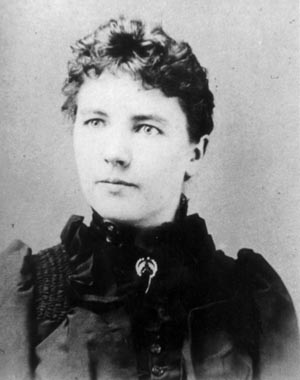
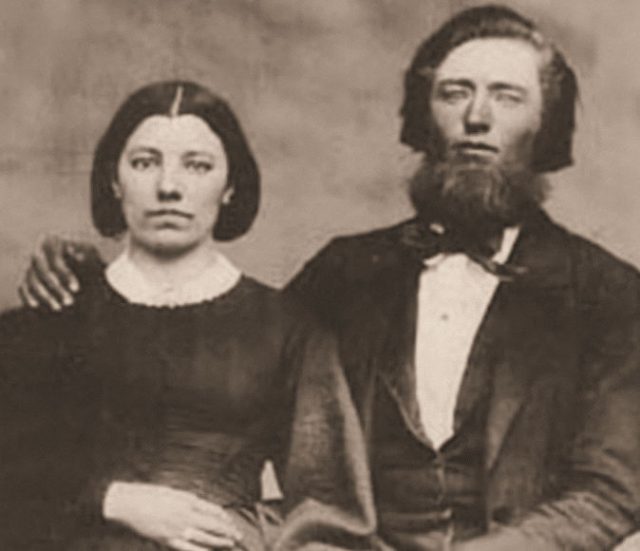
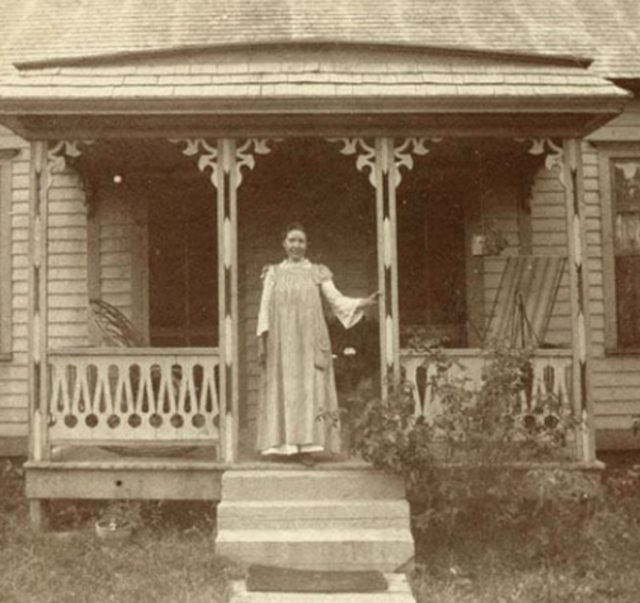
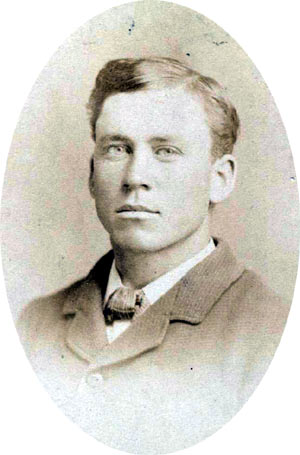
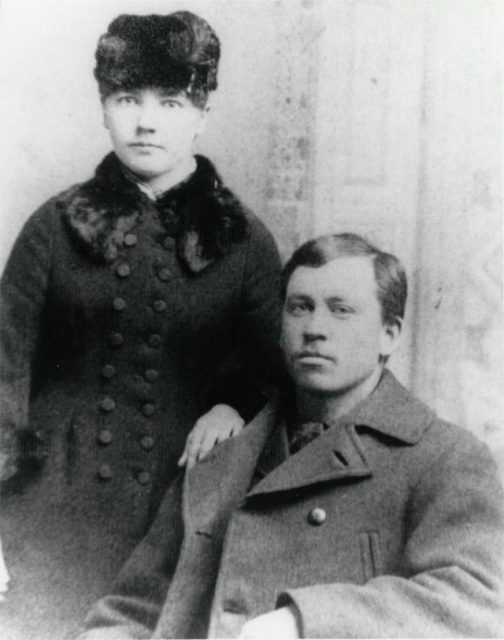
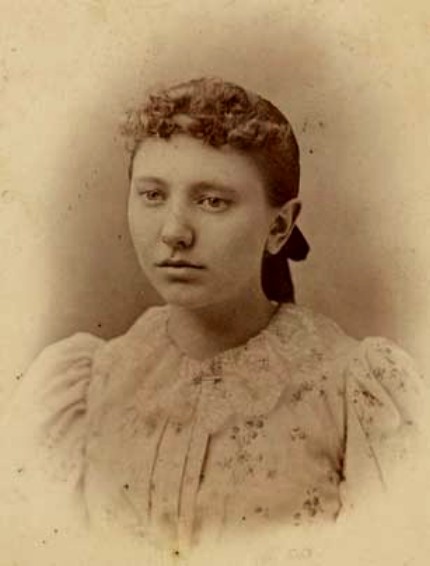
The Little House books have sold millions of copies and are still available in most bookstores and libraries all over the world.
Wilders’ only daughter, Rose Wilder Lane, helped edit the novels and pushed for the publication of her mother’s first-hand accounts of life on the frontier.
Although Wilder died in 1957, her fame and book sales skyrocketed when NBC introduced millions of viewers to the Ingalls family in March 1974.
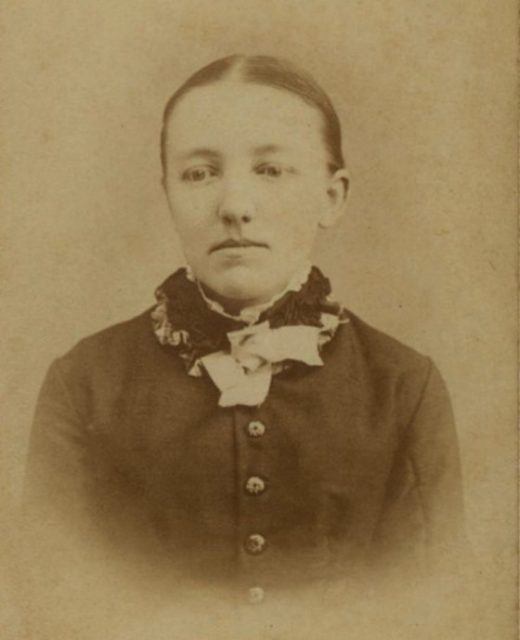
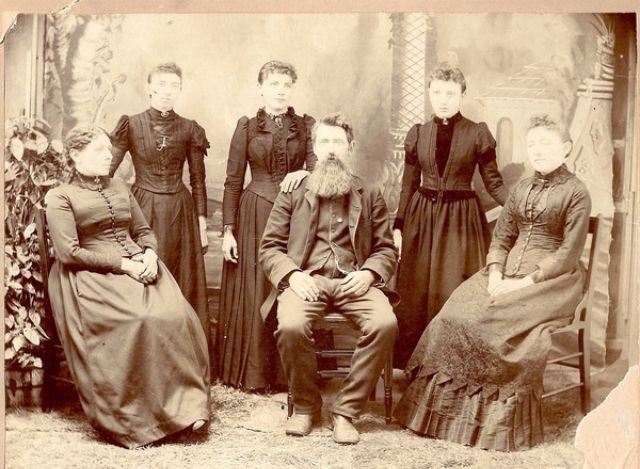
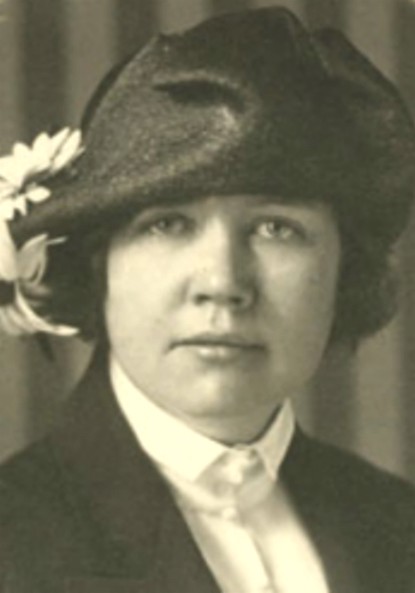
The network aired the Little House on the Prairie pilot episode without expecting it to become one of the most successful dramatic television series ever aired to this day.
The series ran for 9 seasons until 1983, however, it’s still currently syndicated.
The real-life Ingalls family experienced loss after loss including a locust plague that caused devestating agricultural damage.
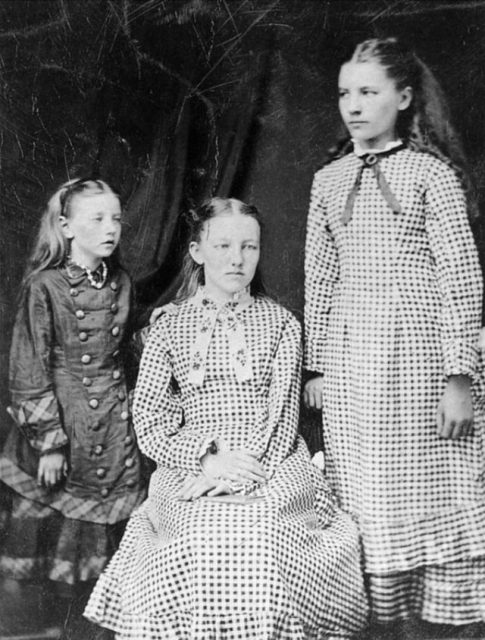
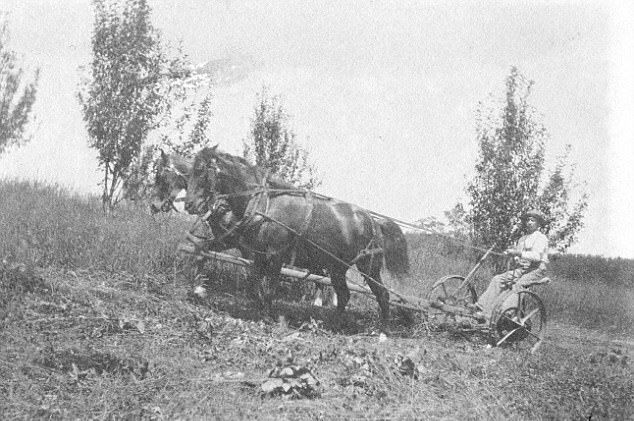
They also endured one of the harshest winters ever recorded. Intense blizzards prevented supply trains from transporting necessary living supplies from winter until spring.
Wilder eventually wrote about this specific winter and what it was like to survive through freezing temperatures, and lack of food. In 1885, Wilder met and married a family friend named Almanzo Wilder who was 10 years her senior.
Although the newly married couple began a new life, they couldn’t escape the trials and hardships of frontier living.
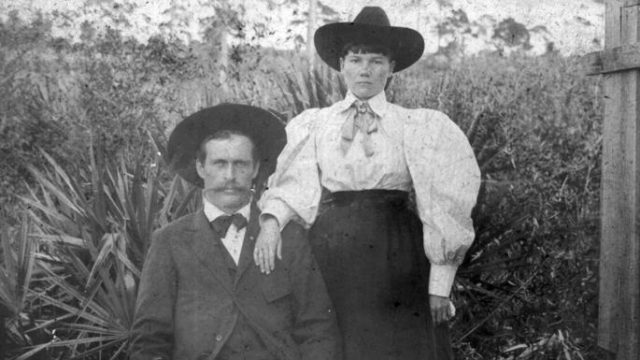
Wilder gave birth to a daughter in 1886, and a son in 1889, who tragically died when he was only one month old. Shortly after their son’s death, Almanzo became partially paralyzed from contracting diphtheria.
As if that wasn’t hard enough to recover from, their house that Almanzo built himself burned down in 1890. Finally, in 1894, the Wilders’ settled down and built a farmhouse on a 200-acre piece of land in Mansfield, Missouri.
The dramatisation of her life presents Laura Ingalls as a smart, resourceful, and stoic character. Without a doubt, the real Laura Ingalls Wilder and her family experienced what many other settlers weren’t fortunate enough to survive through.
Generations of readers and viewers have grown up getting to know the Ingalls family from one or many of the different media platforms available. What they do have in common is the truth of Laura Ingalls Wilder — despite recent criticism of her frank commentary that reflected the prevailing beliefs and attitudes of her era, she was and still is considered an iconic American and literary legend.
